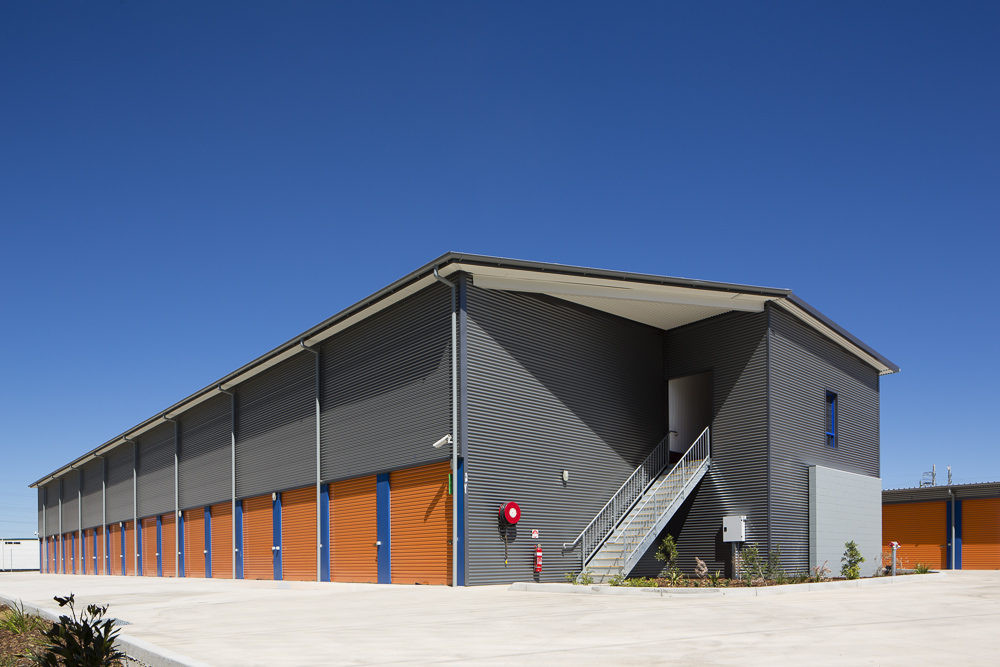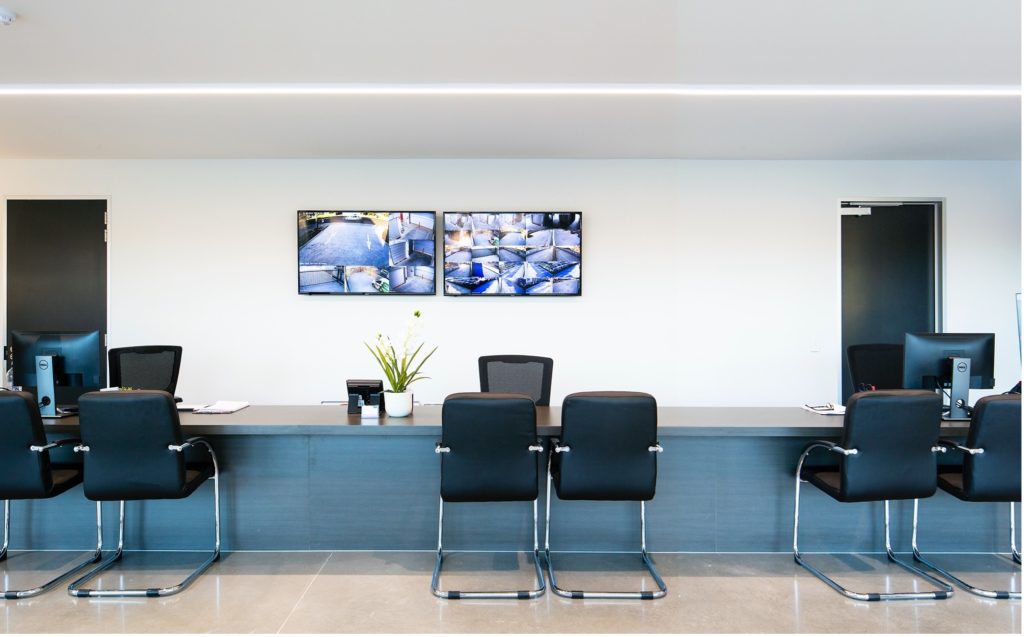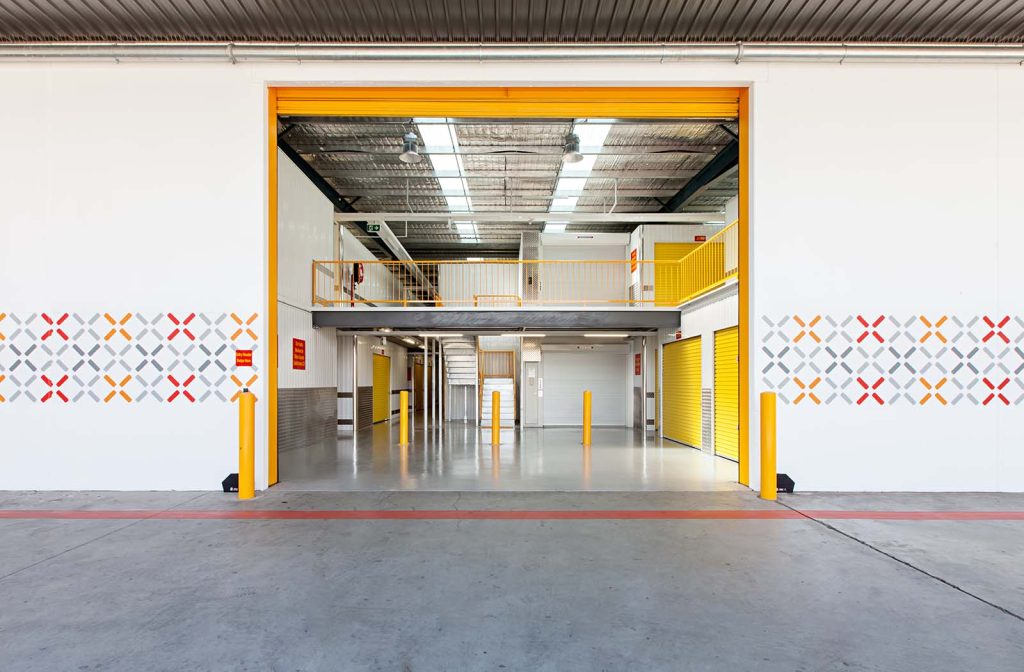Demand for self storage is soaring, and new facilities are being constructed at a pace that industry veterans say they’ve never seen before. It’s an exciting time for the industry – but there are also challenges ahead.
Here’s what experts on the cutting edge of self storage design, construction and customer experience see as the biggest trends and trials in the industry’s future.
Levelling up
Storco Managing Director Jonathan Layton has been in the self storage industry for more than two decades. He’s seen significant changes in that time – and the most recent trend he’s observed is that self storage facilities are growing up, literally.
“The current evolution of self storage facilities has seen an increased number of floors in self storage facilities,” he says. “The recent trend with regional facilities is changing from exclusively single level to a mix of single and two-level buildings, while city sites that were developed as two-to-three-level sites in the past are now as high as seven.”

Image: Supplied.
Jonathan attributes the trend towards building up, rather than building out, to rapidly increasing land prices.
When SSAA surveyed our design and construction providers in 2020, we found that more than 60 per cent of facilities were already being built at more than two levels, as operators were trending towards staging developments in line with occupancy growth.
This year, we’re seeing new facilities set to reach heights of more than five or six levels, with a wide range of expansion projects under way as well.
Putting the customer first
Jonathan says another significant change can be felt in the form of facility design, as customer experience is now top of mind for owners and operators alike.
“In years gone by,” Jonathan says, “storage facilities were much more industrial. In contrast, the current desire is to make facilities much more commercially appealing.”
Hayden Gage, National Sales Manager of Steel Storage Australia, says self storage is beginning to follow the lead of other industries that put a greater emphasis on customer experience.
“The hotel industry evolves every five to ten years with a new standard of room or expectations from guests to be modern and fresh,” he says. “Office space is the same, due to lease terms requiring a new fit-out, or out of a desire to be attractive to new staff or tenants, with vibrant, welcoming environments.
“The self storage industry hasn’t seen this happen, and it is a massive opportunity that could revolutionise the industry and help owners think outside the box.

Image: Supplied.
“With the growth in the current market, all areas of design and construction are surging due to the demand for self storage. There is definitely an opportunity for owners and operators to shape the future of self storage during this wave of growth and demand.
“Innovation is a word that is getting thrown around a lot in all industries at the moment, but I feel it’s particularly relevant in the self storage market. Looking to the future, I think the technological innovations in the self storage market will bring a massive shift from what the previous standard self storage has offered, moving towards an in-person and online shopping, retail and premium experience.”
Adding another dimension
Retrofitting a self storage facility into the worst building on the best street, rather than building one from scratch, has long been considered one of the most cost-effective ways to get into the market. But it can be a risky approach – older buildings generally have a poor documentation history, leading to costly variations once on-site construction has commenced.
Javier Rezzonico, Managing Director of Storcad Self Storage Design, says new technologies are emerging that help to reduce the risk of these types of developments.
“One of the best ways to prepare for a retrofit is to conduct an on-site 3D laser scan,” he says. “3D laser scanning is a technology breakthrough in surveying a building and its surroundings. Within minutes, a 3D laser scanner can fully capture the shape of existing buildings, structural elements, fire services, landscapes and large objects in 3D.
“It does this by collecting thousands of 3D coordinates or points, resulting in a tightly packed point cloud ‘constellation’ that creates a supremely accurate output that can be used for a range of purposes to help manage the design process of your development.”
The point cloud is then overlaid onto architectural software to ensure the proposed self storage facility design won’t clash with existing building elements such as structural columns or reduced roof heights.
Once the point cloud has eliminated the risk of on-site structural challenges, Javier says you can enhance the design of the facility with real-time rendering.
“Real-time rendering is an exported version of your 3D model that gives you the visual check that you have selected the correct colours and materials,” he says. “It’s the most accurate representation of what your design will look like as a completed project, and the perfect solution for those who have trouble visualising what their 2D drawings will look like.
“It’s also a handy tool to assist with council approvals, as it’s a standard requirement across all council areas to have an attractive facade.”
Securing the supply chain
Anthony Regis, Managing Director of RegisBuilt, says he’s never seen demand for self storage construction so high in his 20 years in the industry – but this surge has coincided with a global supply chain crisis, which presents challenges for the industry.
“The availability of consultants with the capacity to facilitate the design phase is critical to a successful self storage project,” Anthony says. “We are experiencing delays with architects, engineers, other consultants, certifiers and planning consultants.
“There has been very little migration into Australia in the past two years. There are emerging trends of shortages of workers across all facets of skills/trades in the Australian construction industry. So far, this has primarily caused project delays and wage pressure within the industry, and this is expected to continue throughout 2023.”
Anthony says significant price increases and longer supplier lead times are impacting projects at supplier and sub-contractor levels.
“Steel price increases over the last eighteen months have made it challenging even to quote projects accurately,” he says. “The volatility of the raw steel and timber prices have made the expected increase in dollar values and the time of the increase impossible to predict. We have had to build escalation clauses into contracts to cover the potential rises from suppliers as it reaches levels the industry cannot absorb.
“Material shortages are not a major issue, though the lead time is. We typically tend to procure materials in a ‘just-in-time’, approach but have had to change this approach as material supply times are at an all-time high.”
As the supply chain crisis continues, Anthony says it will be more important than ever to engage an experienced planning company or architect to design and develop your facility.
“In the current market, when advising on building a new facility, we suggest allowing at least four weeks more than the expected time for your facility’s planning, permits, design and engineering phase.
“Using a building company that is experienced in self storage and has a history in delivering projects on time and within budget will set you up for success.”
Despite the challenges facing the sector, each of the industry figures we spoke to said they remain optimistic about the future. In 2021 alone, more than 75 self storage facilities were proposed or under development in metro markets, and the count continues to climb in 2022.

Image: Supplied.
“Storco currently has 70 projects underway in Australia and New Zealand,” Jonathan Layton says. “Looking ahead, I predict the current growth of self storage will continue for the next couple of years, and then potentially reduce to the levels seen before COVID-19.”
You can read more about the emerging trends in self storage construction and design in the April/May edition of SSAA Insider, available now through the SSAA Member Portal. Stay tuned to see what other trends the State of the Industry 2022 report unearths later this year!
